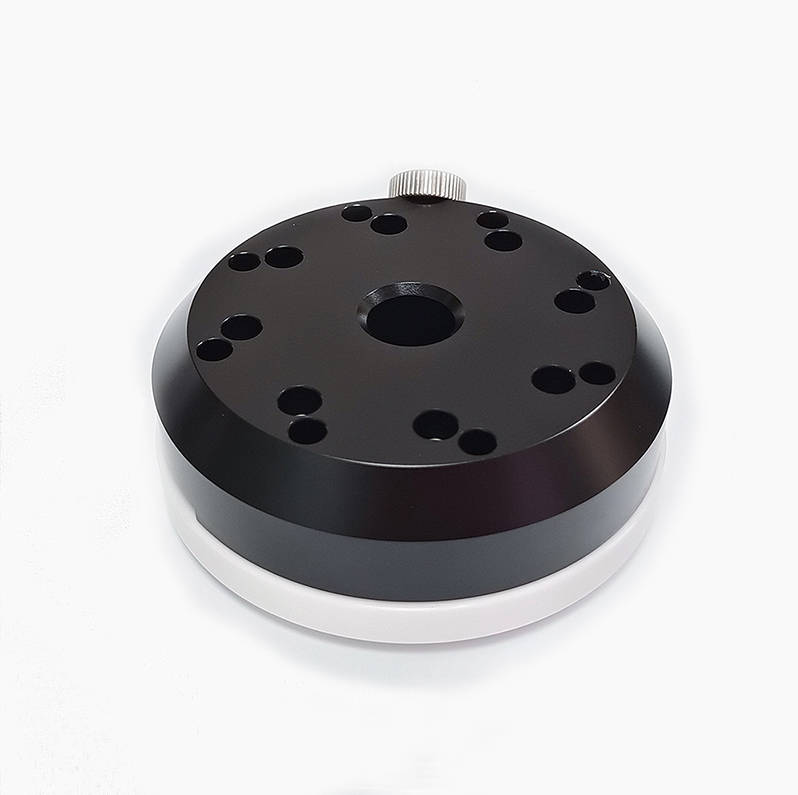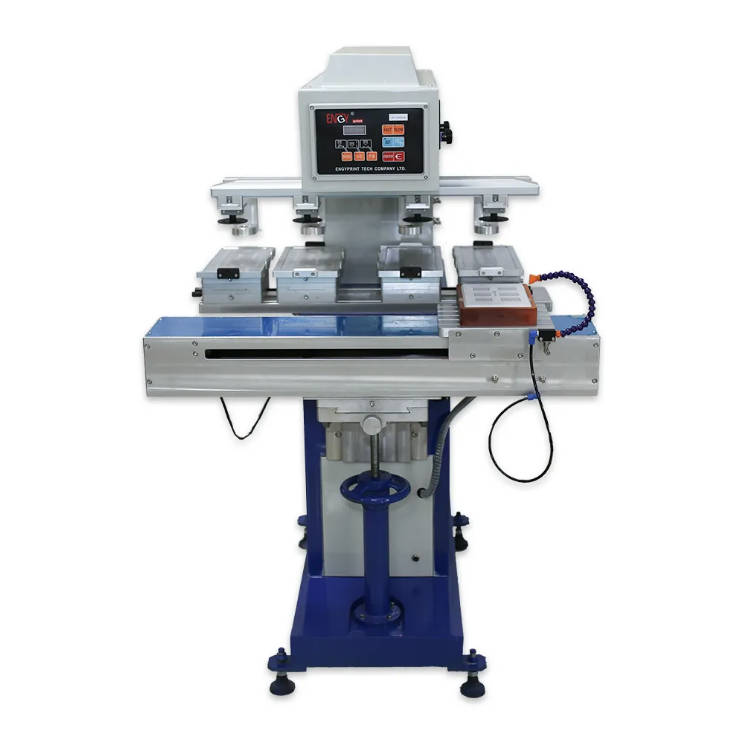Choosing the right pad printing system can significantly impact your production efficiency, print quality, and overall costs. Two popular options dominate the market: the Closed Ink Cup System and the Open Ink Tray. This article dives deep into their differences, advantages, and ideal use cases, with a special focus on why the Pad Printing Closed Ink Cup might be the perfect fit for your needs. Whether you’re a small business owner or managing a high-volume operation, understanding these systems will help you make an informed decision.
The Closed Ink Cup System excels in ink efficiency, print consistency, and safety, making it ideal for precision and high-volume printing, while the Open Ink Tray offers simplicity and affordability for smaller setups. Let’s explore the details so you can determine which system aligns with your goals.

What Are the Key Differences Between Closed Ink Cup and Open Ink Tray Systems?
To choose the right system, you first need to understand how a Closed Ink Cup System differs from an Open Ink Tray in design and function. These differences affect everything from ink usage to workplace safety.
A Closed Ink Cup seals ink within a contained unit, minimizing evaporation and exposure, while an Open Ink Tray leaves ink exposed, leading to faster drying and higher waste. This distinction is the foundation of their performance variations.
How They Operate
- Closed Ink Cup System: Ink is housed in a sealed cup, often equipped with a durable Ceramic Ring Ink Cup, which slides across the printing plate. The cup’s edge removes excess ink, ensuring only the etched design is filled. This sealed approach is the hallmark of Closed Cup Pad Printing, offering precision and control.
- Open Ink Tray System: Ink sits in an open reservoir, where the printing plate dips to pick up ink. While straightforward, this system exposes ink to air, causing it to evaporate and thicken over time, requiring more frequent adjustments.
Table: Side-by-Side Comparison
| Feature | Closed Ink Cup | Open Ink Tray |
| Ink Exposure | Minimal (sealed design) | High (open to air) |
| Ink Efficiency | High (less waste) | Moderate (higher waste) |
| Setup Complexity | Moderate (technical setup) | Simple (basic assembly) |
| Maintenance | Periodic cup maintenance | Frequent tray cleaning |
These differences highlight why Pad Printing Closed Ink Cup systems are favored in professional settings where efficiency and quality are non-negotiable.
When Should I Choose a Closed Ink Cup System?
The Closed Ink Cup System shines in specific scenarios, making it a top choice for many businesses. If you’re debating whether it’s right for you, consider your priorities around cost, quality, and safety.
Opt for a Closed Ink Cup System if you need to minimize ink waste, ensure consistent print quality, or maintain a safer workspace with reduced fumes. This system is a game-changer for high-volume production and intricate designs.
Key Benefits of Closed Ink Cup Systems
- Ink Efficiency: The sealed design of the Closed Cup Pad Printing process prevents ink from evaporating, reducing consumption by up to 50% compared to open systems (based on industry estimates). This efficiency translates to long-term savings.
- Print Consistency: With a Ceramic Ring Ink Cup, ink thickness remains stable, delivering uniform prints across thousands of impressions—ideal for detailed logos or medical device markings.
- Safety: By containing ink and reducing fumes, this system improves air quality in your facility, a critical factor for compliance with workplace regulations.
Table: Ideal Scenarios for Closed Ink Cup
| Requirement | Why Closed Ink Cup Excels |
| High-Volume Runs | Efficient ink use, less downtime |
| Precision Designs | Stable ink application for fine details |
| Safety Standards | Reduced exposure to volatile ink compounds |
Partnering with a trusted Closed Ink Cup Supplier ensures you get a system tailored to your needs, complete with high-quality components like the Ceramic Ring Ink Cup for durability and performance.
What Are the Advantages of an Open Ink Tray System?
While the Closed Ink Cup System offers clear advantages, the Open Ink Tray has its own merits, particularly for smaller operations or specific workflows. Understanding its strengths ensures you’re not overlooking a viable option.
The Open Ink Tray is affordable, easy to set up, and perfect for low-volume printing or frequent color changes. Its simplicity makes it accessible for beginners or businesses with limited budgets.
Where It Shines
- Cost-Effectiveness: The initial investment for an Open Ink Tray is significantly lower than a Closed Ink Cup System, often making it the go-to choice for startups or hobbyists.
- Ease of Use: With no complex sealing mechanisms, setup and operation are straightforward, requiring minimal training.
- Flexibility: Switching ink colors is quick—just clean the tray and pour in new ink—ideal for short runs with varied designs.
Table: Cost and Usage Comparison
| Aspect | Closed Ink Cup | Open Ink Tray |
| Ink Cost/Year | Lower (efficient use) | Higher (evaporation loss) |
| Best For | Large-scale, precision | Small-scale, flexibility |
For businesses prioritizing upfront savings over long-term efficiency, the Open Ink Tray holds appeal. However, as production scales, the benefits of Pad Printing Closed Ink Cup systems often outweigh these initial advantages.
Conclusion
When deciding between a Closed Ink Cup System and an Open Ink Tray, it all boils down to your specific needs. The Closed Cup Pad Printing approach, with its ink-saving design, consistent output, and safer operation, is the superior choice for high-volume, precision-driven projects. Conversely, the Open Ink Tray offers a budget-friendly, simple solution for smaller or less demanding tasks.
Evaluate your production volume, budget, and quality requirements. For most professional applications, the Closed Ink Cup System—supported by a reliable Closed Ink Cup Supplier—delivers unmatched value and performance, making it a worthwhile investment for the future of your pad printing operations.





